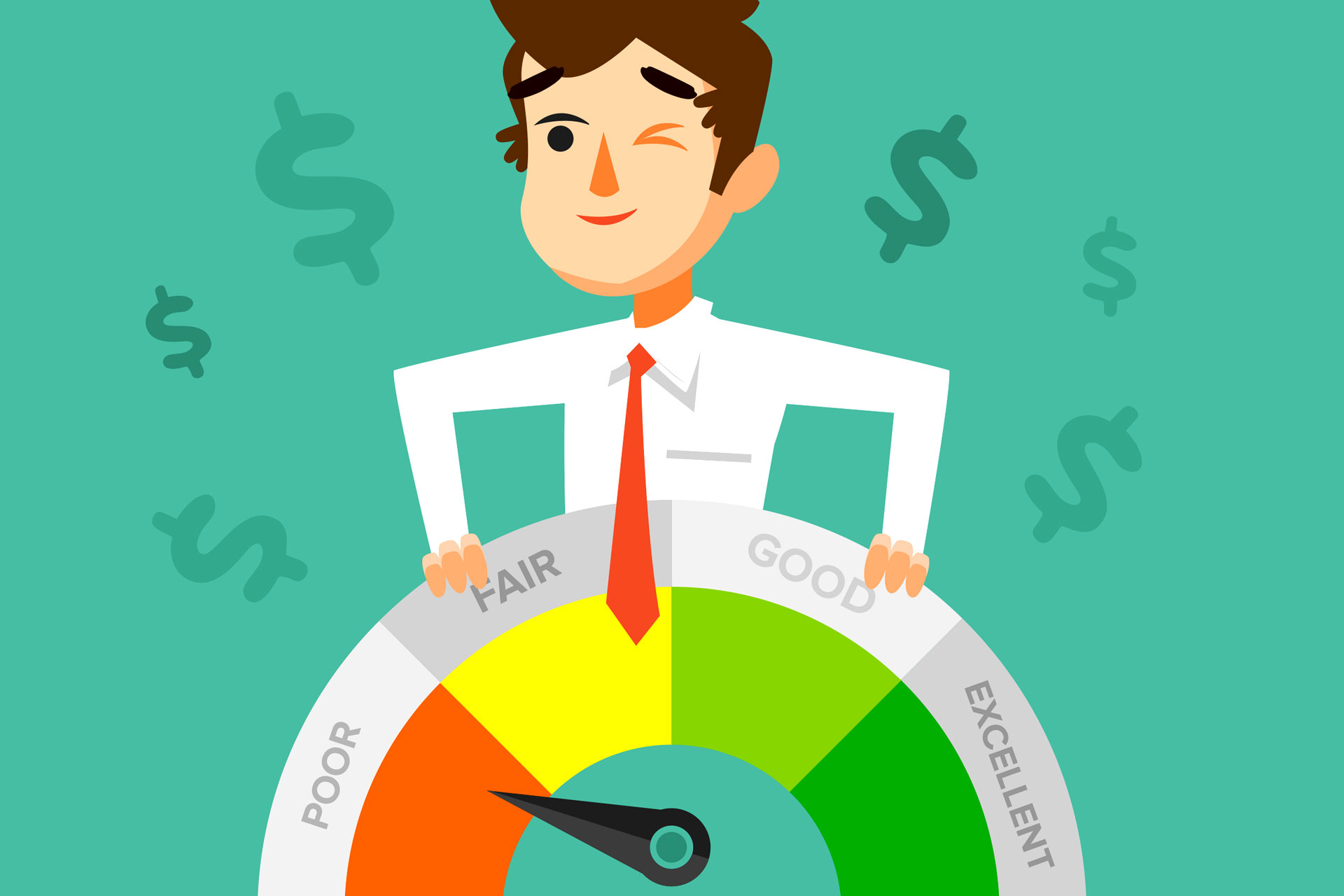Financial struggles have, unfortunately, become an integral part of the modern business world, as small businesses are bound to encounter certain financial roadblocks on their climb to long-term success and solvency. While these roadblocks might seem insurmountable at first, there is nothing an experienced business leader won’t be able to achieve with proper financial management, even in the darkest of times.

The key to resurfacing as a profitable company might lie in debt consolidation, a practice used by struggling businesses to pay off all outstanding small business loans and extend their repayment time to several years with reduced interest rates. Let’s break down the subject and define the five steps you can take to consolidate your business loans even with a bad credit score.
Research alternative possibilities.
First and foremost, understand that there are other options you can consider, but that they might not generate the results you’re looking for. You’re in need of fast cash to cover your outstanding loan payments and cover your business expenses, including cash flow supplementation, payroll, and overheads. This means that, while you could simply try to improve your revenue stream, you might not have the time to effectuate a sound growth strategy.
Secondly, you could reach out to debt relief organizations in hopes of getting financial aid and reducing your overall debt, which could also improve your bad credit. And finally, there is always the option of declaring bankruptcy. Bankruptcy will eliminate some of your debt, but won’t ultimately solve your problems with the creditors, nor will it allow you to realize your entrepreneurial dreams. With that in mind, debt consolidation remains one of the most sensible options.
Investigate the best lenders on the market.
There are two basic rules you need to follow when you’re considering lenders and loan types: it needs to be a long-term loan, and it should preferably be an unsecured one. This will allow you to pay off your loan over the course of several years in realistic monthly installments, and also protect your personal assets should you default on the loan.
There are also several key factors that will define the scope of available lending options, such as your credit score, the age of your business, and your company’s revenue statements. Different lending institutions will offer different interest rates and loan terms, so it’s important that you research all options to find the most cost-effective prospects.
Negotiate the terms.
Deciding on the right debt consolidation loan is a nuanced financial process that will require an input from an experienced accountant. You will need to do the math and negotiate the terms in your favor, making sure that you will be able to minimize the interest fee and monthly costs while covering all of your outstanding business loans in the process.
Moreover, the loan should help improve your credit score over the long term, allowing you to pay off your debts once and for all. To obtain the best possible loan conditions, read the loan terms and interest rates carefully, and be sure to inquire about any additional fees that might increase the total cost of the loan.
Make sure your loan is unsecured.
Debt consolidation loans usually come in two basic forms – secured and unsecured. Secured loans require of the borrower to put down some form of collateral. This will usually be your personal assets such as your home or any equally valuable possessions. Now, even though you might feel tempted to go for a secured business loan due to a lower interest rate, keep in mind that it might not be worth your while.
If you put your livelihood forward, you stand to lose your personal assets along with your company should you fail to pay off your consolidation loan. This is not a risk you want to take. On the other hand, unsecured loans might come with a higher interest rate, but they don’t require any form of collateral, meaning that the creditor cannot delve into your personal assets should you fail to make your payments.
Work hard at improving long-term cash flow.
At the end of the day, your primary goal is to improve your long-term cash flow in order to keep your business afloat and avoid the need to take out any more loans in the future. This will prove to be a complex task, one that will require you to reevaluate your entire business plan, invest in innovation and marketing, and improve your value proposition.
What’s more, keep in mind that it’s not just about improving revenue – it’s also about minimizing expenditure. Strive to reduce your overheads as much as possible, optimize payroll with automation and outsourcing, and introduce business software that will drive the sales cycle forward.
In closing.
In the modern business world, financial struggles are a part of the game. While it might seem like a cause for company-wide panic at first, understand that there is always a way to keep the proverbial ship afloat. By taking these crucial steps yourself, you will have no problem consolidating your debt and emerging as a profitable company once more.
Leave a Reply